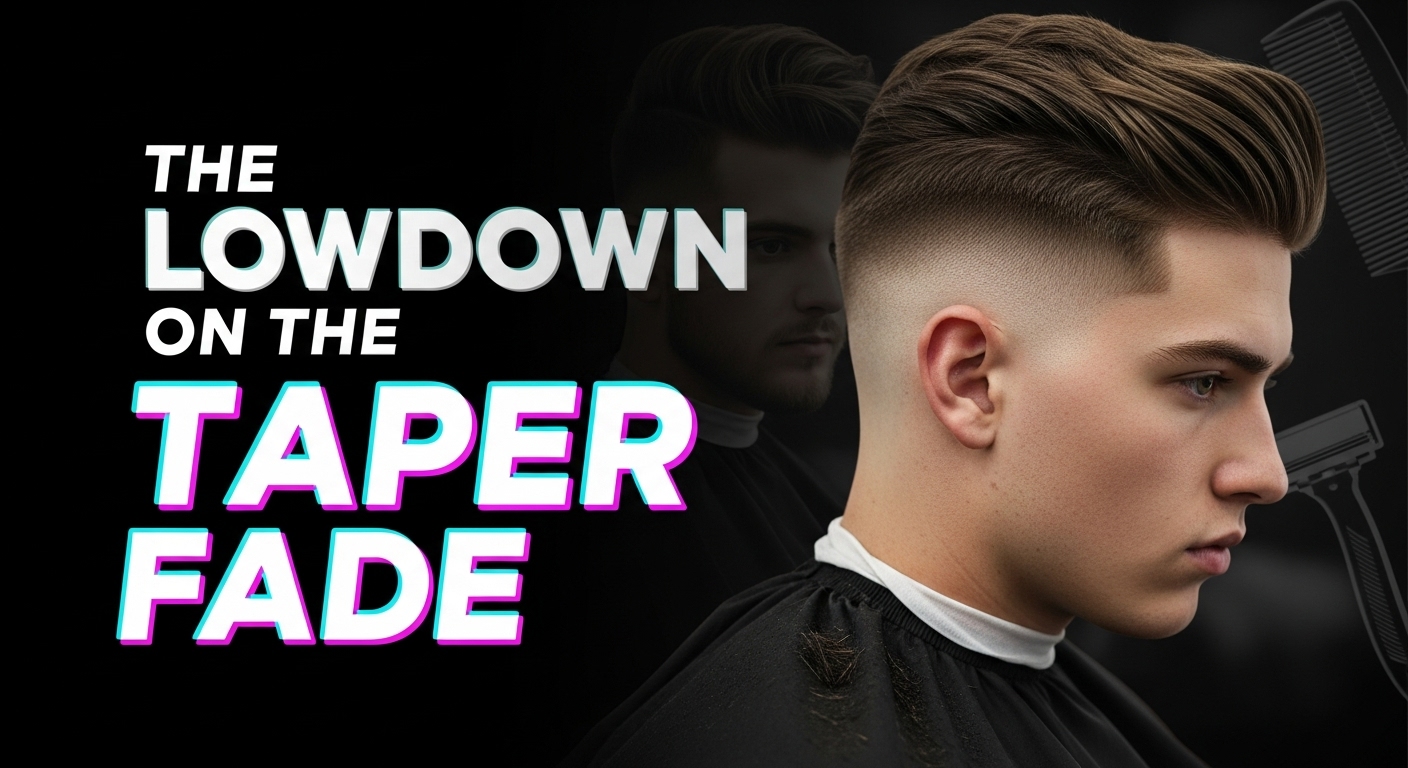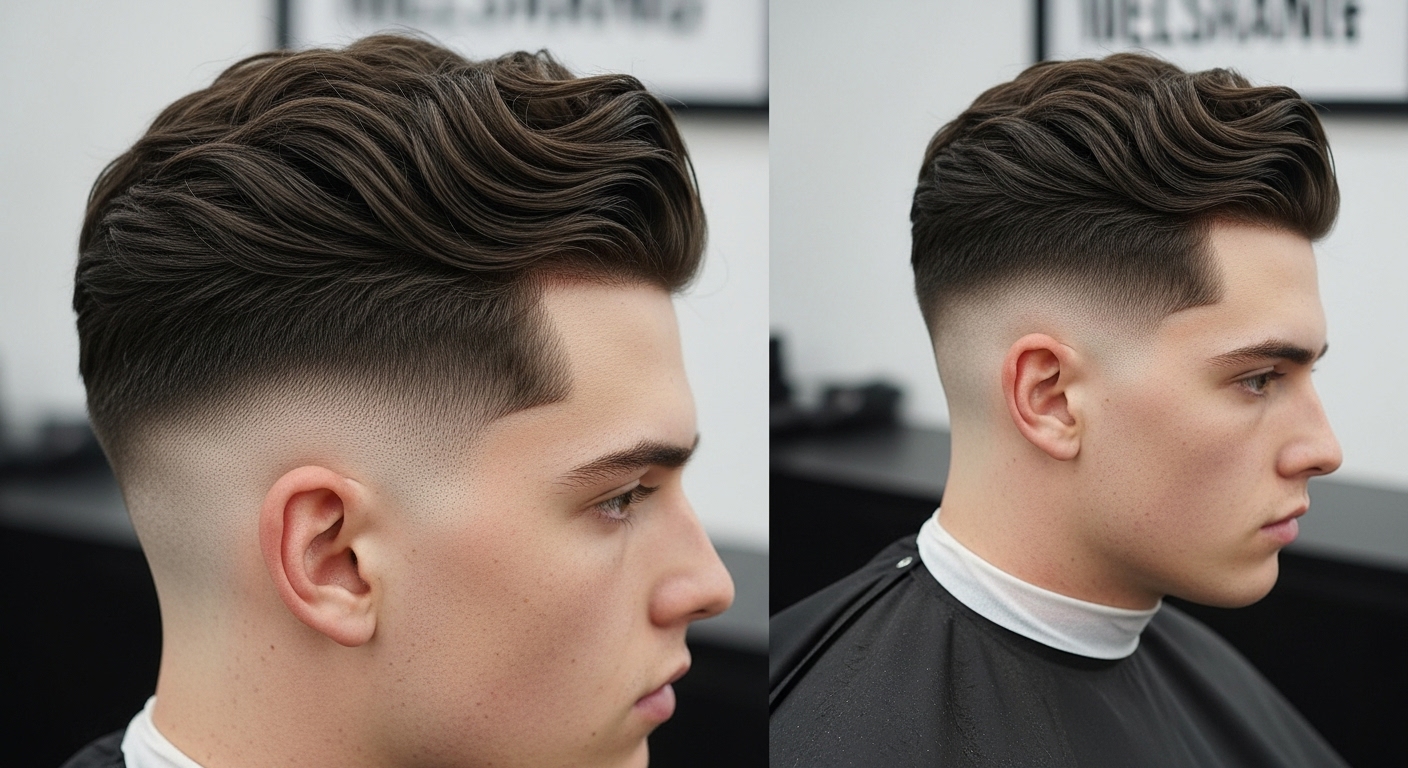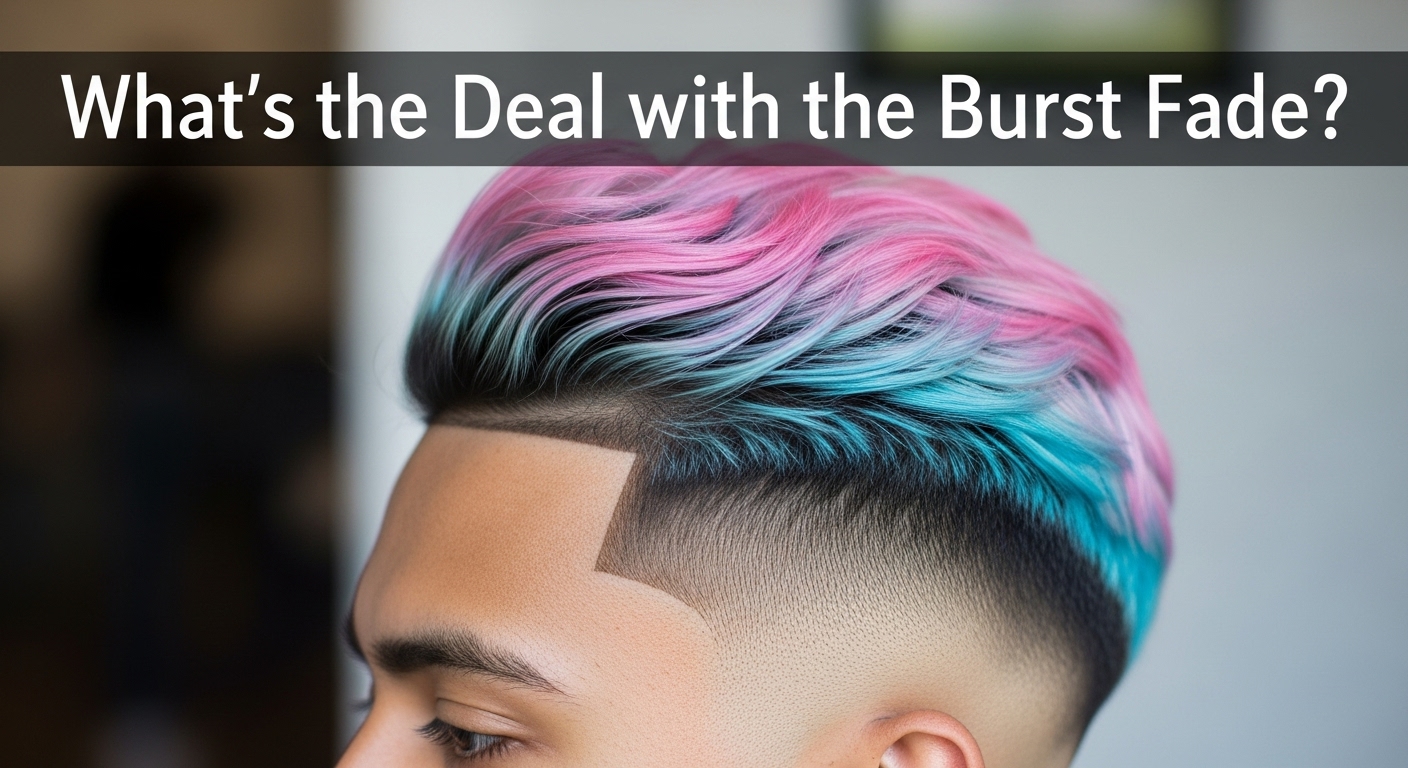There’s something about a good haircut that just clicks, you know? The taper fade is one of those cuts that’s stood the test of time — not flashy, but sharp enough to turn heads. I’ve been cutting hair for years, and honestly, the taper fade keeps popping up as a favorite for clients of all ages. It’s subtle, clean, and has a way of fitting in everywhere.

What makes it cool? The gradual fade from short to longer hair — no harsh lines, just smooth blending. It’s kind of an art. You can rock it with curly hair, straight hair, thick hair… doesn’t matter.
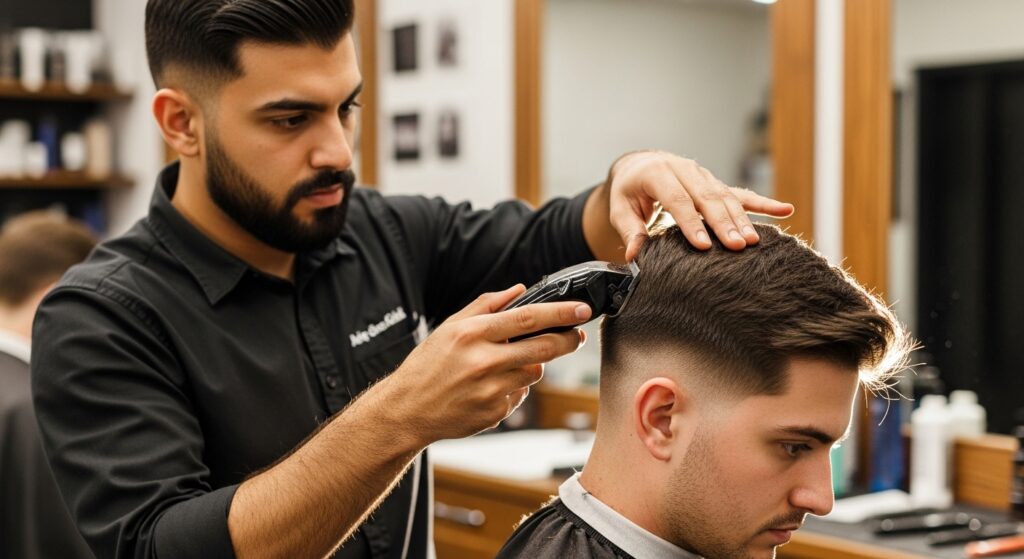
Why People Dig This Cut
Most guys want something easy to manage but still neat. The taper fade hits that spot. You get the sharp look without going full buzzcut. Plus, it keeps things breathable in the summer — no sweaty sides.
If you like a tighter, more defined finish, the low fade haircut keeps things super sharp around the ears and neckline.
The fade can be low, mid, or high. Low taper fade stays closer to the neckline, keeping more length above the ears. High taper fade starts higher, giving a more dramatic contrast.
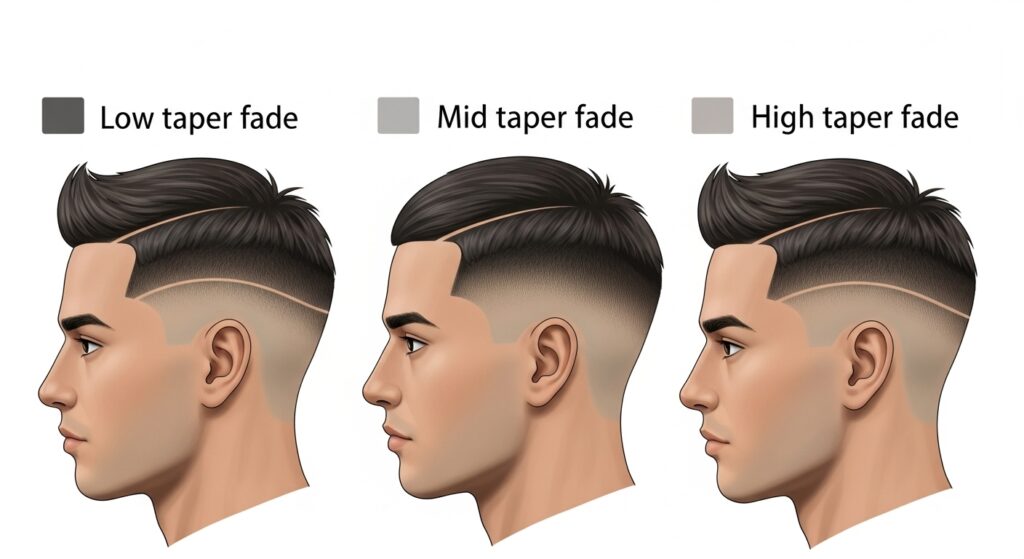
Honestly, it’s versatile enough that you can pair it with whatever style you want on top — messy, slicked back, waves, even a little pompadour if you’re feeling fancy.
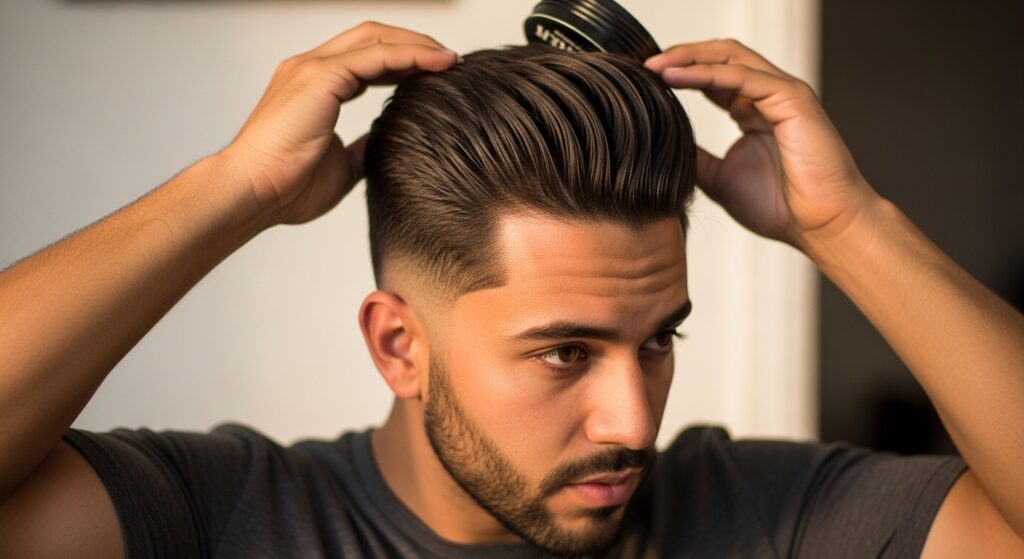
The Process — What Happens in the Chair
When someone sits down asking for this cut, I start by asking about their hair type and how much maintenance they want. It’s important. Some think fades are super high maintenance, but that’s not always true.
Taper fades also work surprisingly well with medium length haircuts for chubby faces, offering shape without overwhelming the face.
First step: clipper guards. The sides and back get shorter gradually. The challenge is making the blend flawless. It takes a steady hand and an eye for detail. Then, I usually use scissors on top, unless they want the whole thing buzzed down.
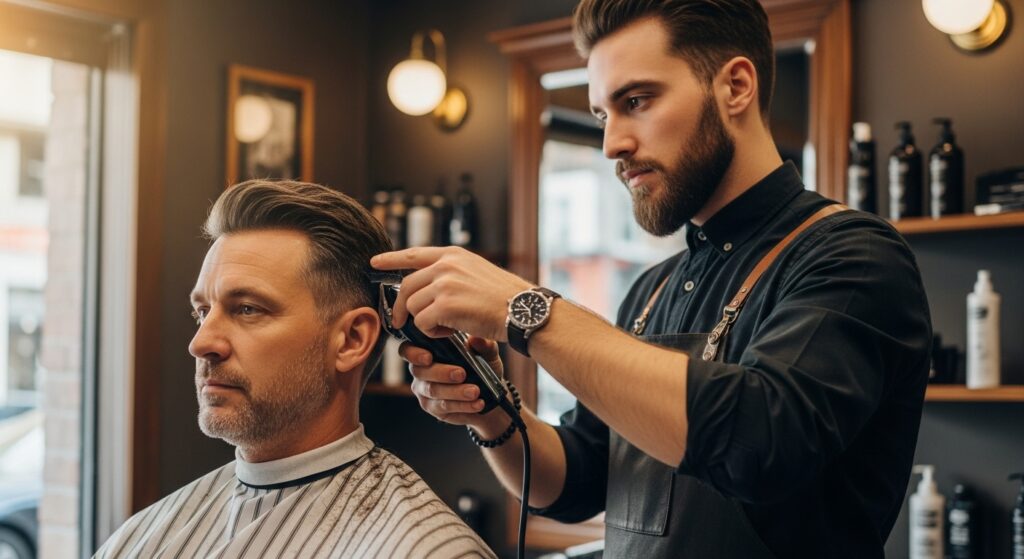
The neckline and around the ears get cleaned up sharp. That clean edge really makes the whole thing pop. If you’re looking for that fresh-out-the-barber feeling, it’s in those edges.
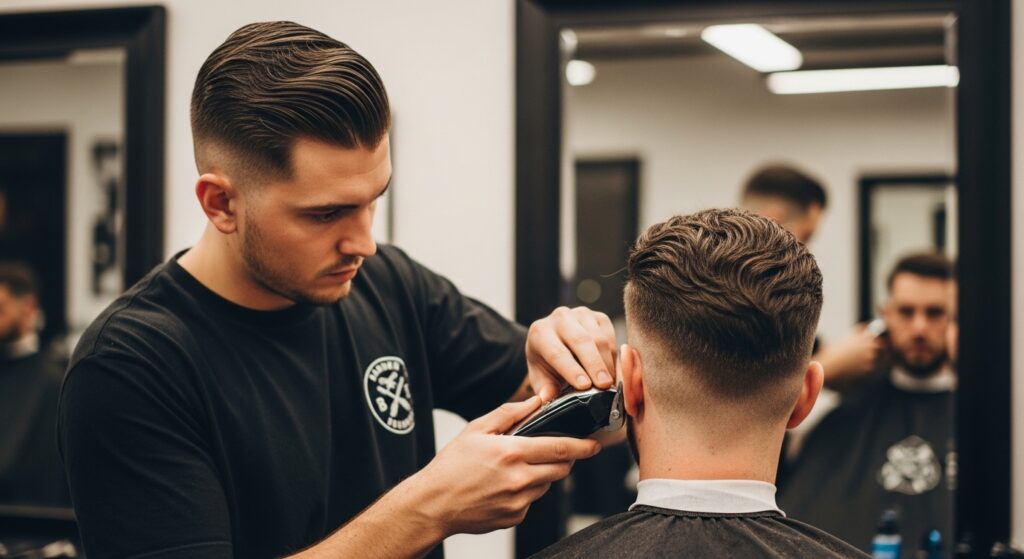
Maintenance: Not as Hard as You Think
Some folks get worried about how often they need to come back. Yeah, fades do grow out and lose their definition, but honestly, 3 to 4 weeks is typical for keeping it tight. If you’re lazy like me, you can stretch it longer — it just won’t be as sharp.
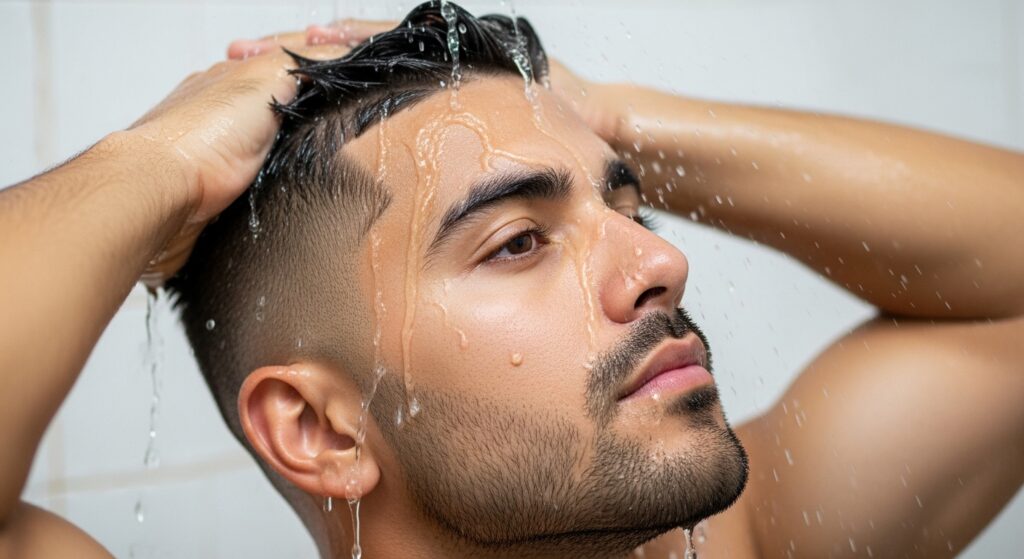
Variations You Should Know About
The fade can come with lines or partings shaved in, for a little extra personality. Sometimes clients want a skin fade where the sides go down to the skin — that’s a more intense version of the taper.
Not sure how low you want to go? The mid taper fade lands right in the middle—clean, stylish, and super adaptable.
Another option: the taper on curly hair. Blending curls with a fade is tricky but makes for a great textured look. Takes time and skill but worth it.

Why Barbers Keep Loving It
From my chair, the taper fade is satisfying. It’s classic but allows for creativity. Each head of hair is different, so every fade turns out unique. Plus, you can tell the guy cares about his look without it being over the top.
It’s a good middle ground between a buzzcut and longer styles. Plus, it works for pretty much every face shape — one size fits all, kinda deal.

If you’re thinking about trying it, just go for it. Bring photos to the barber, talk about what you want on top, and don’t stress the details. The fade itself will do a lot of the heavy lifting.
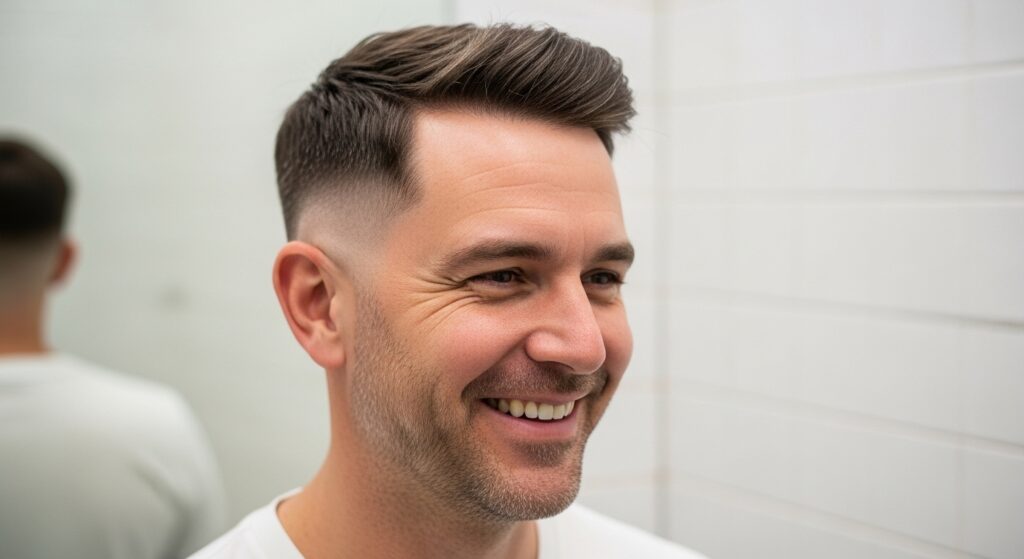
FAQs
- How often should I get a fade touched up?
About every 3 to 4 weeks, but you can stretch it if you’re cool with it growing out a bit. - Can I do a taper fade on curly hair?
Absolutely. It takes skill, but it looks great with natural texture. - Is this haircut good for work?
Yeah, it’s clean and professional but still modern. - Do I need special products to maintain it?
Not really. Shampoo, conditioner, and a little styling product on top usually do the trick. - What’s the difference between a taper fade and a skin fade?
Skin fade goes down to the skin; taper fade usually leaves a bit more length at the bottom.

Kamran Shahzad blends creativity with expertise in hair fashion, offering style guides and haircut inspiration for every vibe. At Dresvia, he helps you transform everyday looks into standout statements.

